BMW i3 Terakhir Keluar Dari Kilang Pengeluaran Tanpa Pengganti
9 tahun dan 250,000 unit kemudian, plug BMW i3 telah dicabut.
BMW ialah jenama dengan model-model kaya warisan. Sejak mereka melancarkan ‘Kelas Baharu’, mereka pada dasarnya telah mengembangkan barisan model mereka. Mereka kadangkala akan melakukan perkara seperti menamakan semula 5 Series GT sebagai 6 Series dan memanggil pengganti 6 sebagai 8 Series. Kadang-kadang mereka membayangkan semula apa itu 2 Series. Tetapi sebahagian besarnya, mereka hanya mengembangkan portfolio model sedia ada tahun demi tahun. Tetapi buat pertama kali dalam beberapa ketika, satu model BMW hentikan dengan tidak ada pengganti yang dirancang. Kami bercakap tentang BMW i3.
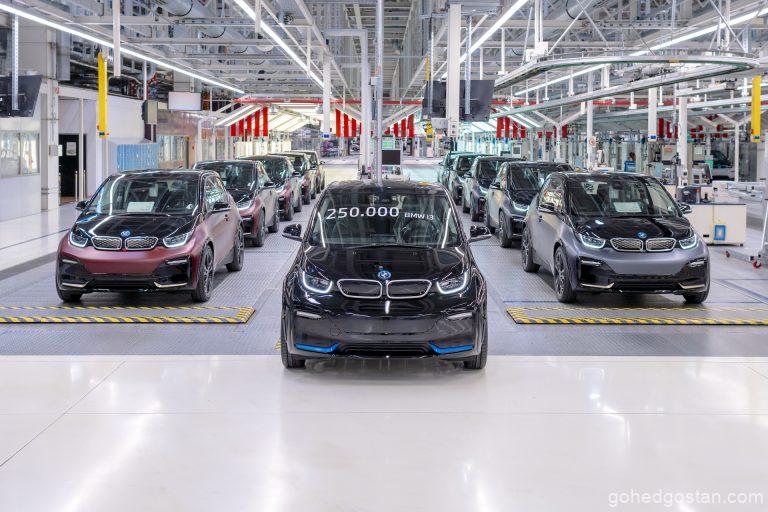
Ingatkah anda kepada pada September 2019, BMW pada dasarnya mengesahkan bahawa mereka tidak merancang untuk membangunkan sekuel kepada i3. Kami diberitahu sebulan kemudian bahawa kami telah salah tafsir kenyataan itu. Tetapi di sini kita berada pada pertengahan tahun 2022 dan nampaknya… masih belum ada pengganti kepada BMW i3. Lebih-lebih lagi, laman media rasmi mereka telah mengumumkan bahawa BMW i3 Series sememangnya telah tamat pengeluaran di kilang Leipzig.
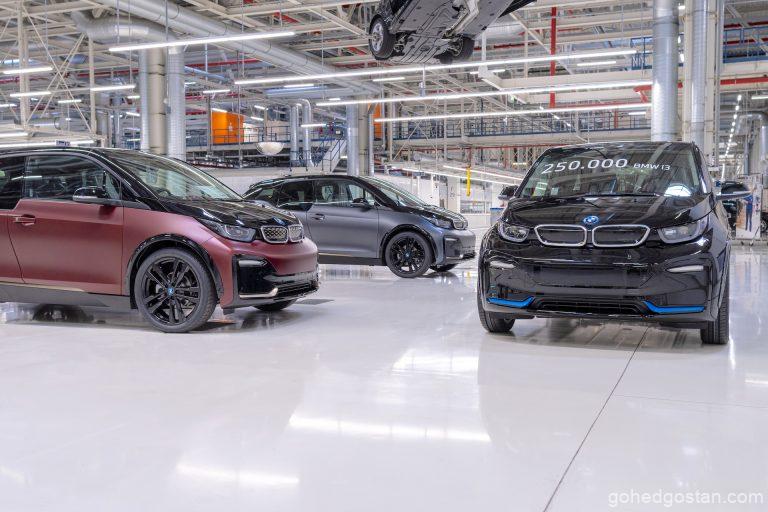
Sebaliknya, kilang itu akan menumpukan pada pembuatan komponen e-drive dan modul bateri voltan tinggi. BMW Group akan membuat MINI Countryman elektrik di sana tahun depan menggantikan i3. Mungkin itulah pengganti rohani kepada i3 yang sebenarnya akan terjual dengan lebih pantas.
Berikut ialah siaran media BMW dengan lebih maklumat.
MEDIA RELEASE
An era is coming to an end at the BMW Group plant in Leipzig. The serial production of the BMW i3 is now to come to an end, some eight and a half years after it was launched. A source of inspiration, a driver of innovation, a pioneer of locally emission-free driving pleasure: The list of attributes that have accompanied the BMW Group’s first large-series production automobile with fully electric drive since its debut in 2013 is long. The BMW i3 (combined power consumption: 16.3 – 15.3 kWh/100 km according to WLTP, 13.1 – 14.0 kWh/100 km according to NEDC, CO2 emissions: 0 g/ km) started out as an exotic specimen on the still barely tapped market for electric vehicles, developed into a classic with unmistakable charisma already in the course of its production period and goes down in the company’s history as a pioneer of sustainable mobility.
For the BMW Group Plant Leipzig, the farewell to the BMW i3 is linked to the start of a new chapter in electric mobility. In a seamless transition, further e-drive components will be manufactured there with immediate effect in addition to producing high-voltage battery modules, which is already being done since May 2021. And already next year, the next generation of the MINI Countryman will be manufactured at the same location – with a fully electric drive, among other things. In this way, the electric mobility expertise of the workforce, which has been built up over the past years, will be used and advanced further. At the same time, the BMW Group Plant Leipzig becomes the first location in the company’s global production network where BMW and MINI models are manufactured together.
The final anniversary: 250,000 units of electric driving pleasure made in Leipzig.
The BMW i3 ends its production run with an impressive homerun. Just a few days ago, the 250,000 unit of the compact e-vehicle was produced in Leipzig. This makes the BMW i3 the world’s most successful electric vehicle in the premium compact segment. And contrary to what might be expected for a model that is being phased out, its popularity did not wane as it matured.
The BMW i3 has been sold in more than 74 countries around the world. In many markets, it achieved a significantly higher market share in the electric vehicle segment than the BMW brand in the area of conventionally powered cars. It also succeeded in inspiring additional target groups in the premium mobility offers from BMW. In the early years, more than 80 per cent of all BMW i3 buyers were new customers for the BMW Group.
The enduring appeal of the BMW i3, which is manufactured exclusively at the Leipzig site for the entire global market, is also due to its especially individualistic character. Its independent vehicle architecture consists of a drive module as an aluminium chassis, which carries the e-drive, the suspension and the high-voltage battery as well as a passenger cell made of carbon fibre-reinforced plastic (CFRP) called the life module. This design, developed from the outset for pure e-mobility, made possible a particularly generous amount of space in the interior and a cockpit and centre console design which is both high-quality and very advanced. The same applies to the exterior design, which is still groundbreaking in its ninth year of production, and which is dedicated less to fashion or status than to technological avant-gardism.
Visionary technology standard-bearer with great symbolic power.
These characteristics have not only made the BMW i3 into a trailblazer for the transformation to CO2-free mobility, but are also proof of how innovative the BMW Group is in a wide range of areas. “The BMW i3 has great symbolic power,” says Oliver Zipse, Chairman of the Board of Management of BMW AG. He describes the development of the BMW i3 as a prime example of the “BMW way”. This is characterised in particular by the courage to “pioneer topics, to do something different and not just follow the mainstream”. This mindset continues to endure, according to Zipse, because “even the BMW iX, which is quite surprising in its capabilities, has its origins in this corporate culture”.
The employees involved in manufacturing the BMW i3 at the BMW Group Plant Leipzig know all too well what this culture means in practice. After all, the BMW i3 was a visionary technology standard-bearer from day one, and not just because of its electric drive. With its Life-Drive architecture, it also set new standards in the field of intelligent lightweight construction. In Leipzig, innovative processes unique in the automotive industry have been established for moulding large-format car body parts from the particularly lightweight high-tech material CFRP. Today, the BMW Group has unique expertise in the industrial use of carbon fibre in body construction and aluminium in designing chassis components.
Innovation driver for e-mobility and multiple award winner.
Thanks to its model-specific technology developments, the BMW i3 has also become an innovation driver for the BMW and MINI brands in numerous other areas. The 135 kW/184 hp electric motor of the BMW i3s (power consumption combined: 16.6 – 16.3 kWh/100 km according to WLTP, 14.6 – 14.0 kWh/100 km according to NEDC, CO2 emissions: 0 g/km) has been delivering urban driving fun and locally emission-free go-kart feeling in MINI style since 2020. The purely electric MINI Cooper SE (power consumption combined: 17.6 – 15.2 kWh/100 km according to WLTP, 16.9 – 14.9 kWh/100 km according to NEDC, CO2emissions: 0 g/km) has since become the most popular model variant of the British brand.
Originally developed for the BMW i3, the fifth generation of BMW eDrive technology is now being produced. It is used in numerous purely electric and plug-in hybrid models from BMW and MINI. The ramp-up of electric mobility will continue in the coming years. By 2030, every second BMW Group vehicle sold worldwide is to be fully electric.
Rethinking mobility: The holistic approach of the BMW i brand.
In addition to the all-electric drive, the BMW i3’s outstanding eco-balance also stems from the choice of materials, which is fully geared towards sustainability and resource-conserving production. It was the first BMW Group model to receive an ISO certificate issued by independent auditors at the time of its market launch, confirming its optimised environmental performance throughout its entire life cycle.
Partly recycled raw materials are used for its outer skin made of thermoplastics. The plastic used in the interior is made op of 25 percent recycled material. The textiles used for the seat surfaces are made entirely from recycled fibres. The door panels of the BMW i3 are made of kenaf fibres. Eucalyptus wood from certified cultivation in Europe serves as the raw material for parts of the instrument panel.
The holistic concept for sustainability also includes the extensive use of renewable energy in the production of the BMW i3. Four wind turbines on the site of the BMW Group plant in Leipzig supply the electricity needed for its production. At an early stage, they made the Saxon location a pioneer for CO2-neutral vehicle production, which has been standard in all BMW Group plants around the world since last year.
In addition, the BMW i brand has provided impetus for sustainable driving pleasure and a comprehensive transformation to CO2-neutral mobility in many ways and far beyond the development of electrically powered vehicles. These activities include the urban car-sharing service DriveNow (called SHARE NOW today) which for many users is the ideal opportunity to come into contact with electric mobility for the first time, as well as the services now known as BMW Charging and MINI Charging for convenient charging at home and for easily accessing public charging stations, and the BMW Group’s participation in the European fast-charging network Ionity.
The perfect introduction to the world of e-mobility – and a reliable endurance runner.
For many customers, the BMW i3 became a constant companion early on in urban settings, for the daily commute and often far beyond. The frequent drivers among the “early adopters” above all praise the low energy and maintenance costs, but also how reliable the vehicle is and the cycle stability of its high-voltage battery. They report on brake pads that have not had to be replaced even after more than 250,000 kilometres, because a large part of the deceleration power is provided by recuperation when driving the BMW i3, and of the impressive long-term quality of the high-voltage battery, which leads to only a negligible reduction in range even after similarly long running times. The BMW Group took this positive experience as an opportunity to increase the maximum mileage associated with the eight-year warranty period for the battery from 100,000 to 160,000 kilometres at the beginning of 2020.
The BMW i3’s high-voltage battery has undergone continuous development since its market launch, doubling its storage capacity while retaining the same installation space. With a cell capacity of 120 ampere hours (Ah) and a gross energy content of 42.2 kilowatt hours (kWh), it now enables ranges of up to 307 kilometres (BMW i3) according to WLTP.
The high-voltage batteries developed and produced by the BMW Group are used in other areas as well. Examples of this are the Streetscooter vans used by the German postal service and the city buses of the Turkish manufacturer Karsan, as well as motorboats with electric drives of the Torqeedo brand, for which they also serve as a source of energy. In addition, BMW i high-voltage batteries are used as stationary energy storage systems for electricity generated from renewable sources such as wind or solar power. The BMW Group plant in Leipzig also has such an energy storage farm. It consists of 700 interconnected BMW i3 high-voltage batteries in which the electricity generated by the four wind turbines on the plant site can be stored.
Locally emission-free, elegant and exclusive: The HomeRun Edition of the BMW i3s.
On its home stretch, the BMW i3 once again showcases the elegant and extravagant side of its character that has already been the subject of several limited special models. The BMW i3s HomeRun Edition, was treated to a Frozen paint finish from BMW Individual for the first time. This premiere is associated with a maximum of exclusivity: Only ten units of the BMW i3s HomeRun Edition have been produced.
An an exclusive for the BMW i3s HomeRun Edition, two new BMW Individual paint finishes have been added to the range: Frozen Dark Grey and Frozen Red II. In addition the HomeRun Edition includes 20-inch light-alloy wheels in a double-spoke design, an electrically operated glass roof, solar control glazing and Adaptive LED headlights. The special models also come with the particularly high-quality Suite interior design, which includes Vernasca Dark Truffle leather upholstery, a leather instrument panel, a leather steering wheel with galvanised trim, a Carum Grey roof lining, Ambient lighting and the welcome light. Other options include heated seats, comfort access, alarm system, Real Time Traffic Information, Concierge Service, Park Distance Control and rear view camera. Also included are the Comfort package and Driving Assistant Plus, the Professional navigation system, telephony with wireless charging, the Harman Kardon hi-fi speaker system and online entertainment with music flat rate.
The production of the ten special models was a final highlight not only for the employees involved in its production at the BMW Group Plant Leipzig. Customers of the special models were able to witness the completion of the vehicles in the assembly hall for themselves.

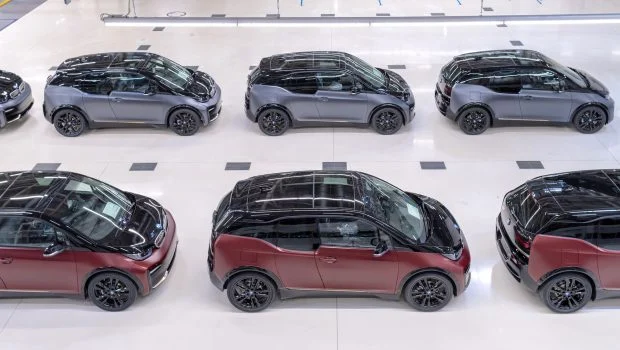

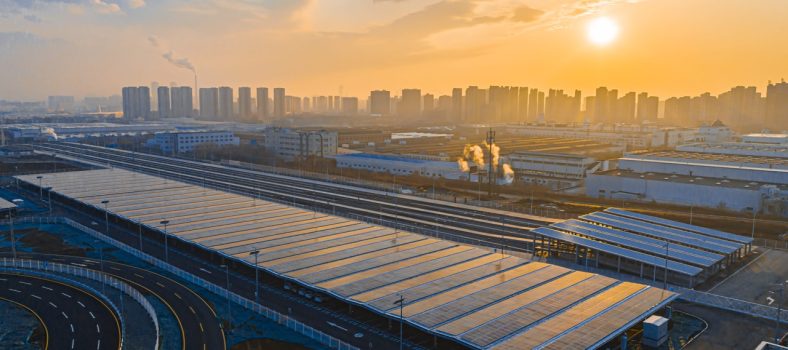
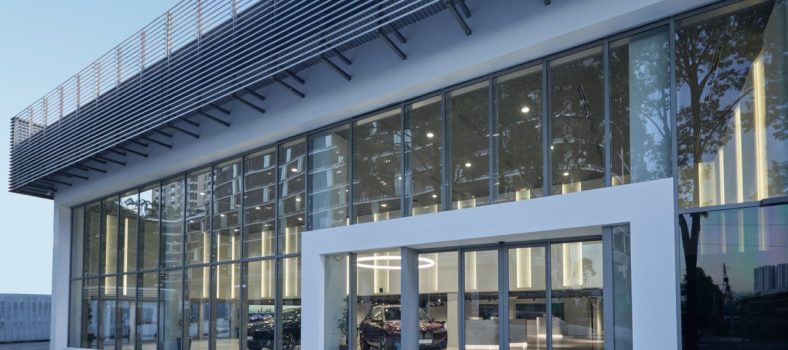
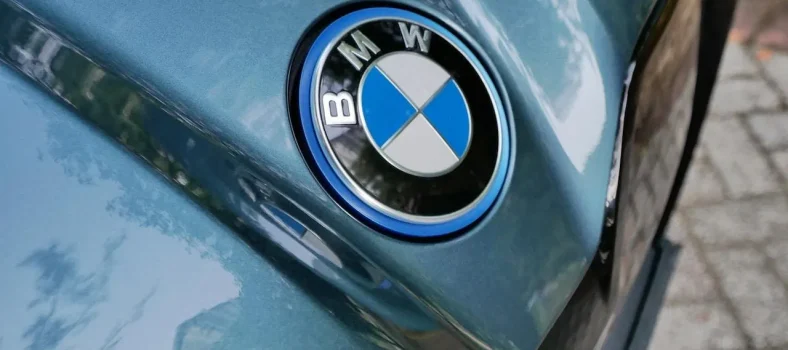
No Comment